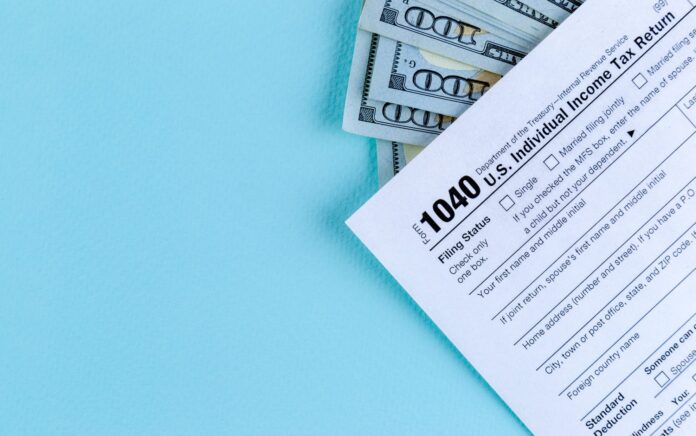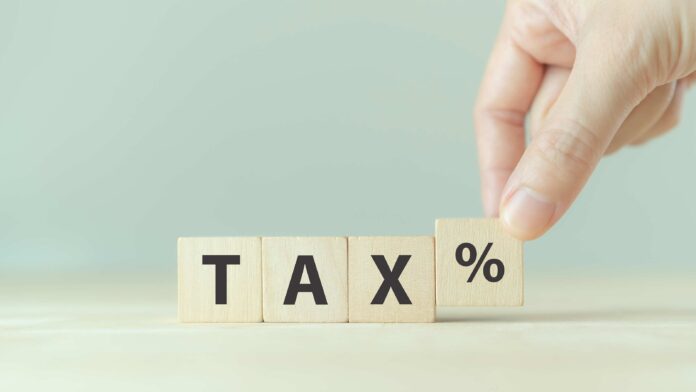With the new 2024 tax year looming on the horizon, many of us are looking for ways to avoid being pushed into a higher tax bracket. After all, no one wants to pay more than they have to in taxes. Fortunately, there are some strategies you can employ to help keep your income within a lower bracket and lower your overall tax liability.
This blog post will look at how to make the most of your money and stay in a lower tax bracket come 2024. We’ll discuss the different types of income you may have, the impact that deductions can have on your taxes, and provide tips for making wise financial decisions throughout the year. Read on to learn more about how to best prepare for 2024 taxes and beyond!
What Are The Different Tax Brackets?

There are different tax brackets for varying levels of income. The higher your income, the higher your tax bracket and the more tax you will pay. To avoid paying higher taxes, you can either reduce your taxable income or invest in tax-advantaged accounts. There are various trusted websites that can assist in offering complete information about tax brackets Ontario so you could make your decisions wisely.
The first step to avoiding higher tax brackets is understanding what they are. Tax brackets are the ranges of income that are taxed at different rates. There are five tax brackets in the Canada, with rates ranging from 15% to 33%. The specific bracket you fall into depends on your filing status and taxable income.
If you want to avoid paying higher taxes, it’s essential to understand how tax brackets work. The marginal tax rate is the rate you pay on your last dollar of income. If you’re in the 26% tax bracket, you would only pay 26% on the last dollar you earn; any income up to that point would be taxed at a lower rate. However, if your income moves you into a higher bracket, all of your income will be subject to that higher marginal rate.
There are a few ways to keep yourself from being pushed into a higher tax bracket. One way is to simply make less money. If you’re self-employed, this may mean working fewer hours or taking a pay cut. Another way to keep yourself in a lower bracket is by investing in tax-advantaged accounts like a RRSPs.
Also check out our blog post on how to lower your small business tax bill.
How To Avoid Being Pushed Into A Higher Tax Bracket

As tax season comes to a close, many Canadians are scrambling to find ways to minimize their tax liability. One way to do this is by avoiding being pushed into a higher tax bracket. Here are a few tips on how to avoid being pushed into a higher tax bracket:
- Make sure you are taking advantage of all available deductions and credits. There are a number of deductions and credits that can help reduce your taxable income and thus help keep you from being pushed into a higher tax bracket. Be sure to talk with your accountant or tax preparer to ensure you are taking advantage of all the deductions and credits you qualify for.
- Consider making contributions to retirement accounts. Retirement account contributions can also help reduce your taxable income and thus help keep you from being pushed into a higher tax bracket. Be sure to talk with your financial advisor about the best retirement account for you and how much you should contribute in order to avoid being pushed into a higher tax bracket.
- Stay mindful of your income level. If you are close to the threshold for a higher tax bracket, be aware of your income level and keep it below that threshold. This may require careful planning and budgeting, but it can be worth it in the long run if it avoids a higher tax bill.
- Consider how much you are earning in capital gains. If you are selling investments, be mindful of how much capital gains income you are generating. Capital gains can increase your taxable income and push you into a higher tax bracket, so it is essential to consider this when deciding whether to sell any investments.
- Talk with a tax professional. They can help you develop a plan to minimize your tax liability and avoid being pushed into a higher tax bracket. A tax professional can also provide advice on other strategies that may help reduce your taxes, such as charitable giving or taking advantage of available deductions and credits.
Following these tips can help avoid being pushed into a higher tax bracket this year. Be sure to talk with your accountant or financial advisor for more advice on how to minimize your tax liability.
Ways To Reduce Your Taxable Income
If you want to avoid paying higher taxes, you can do a few things to reduce your taxable income. One way to do this is by contributing to a retirement account such as a RRSPs. This will lower your taxable income for the year and help you save for retirement at the same time. Another way to reduce your taxable income is by investing in tax-advantaged accounts such as a health savings account (HSA) or a 529 college savings plan.
These accounts offer tax breaks that can help you save money on your taxes. You can also reduce your taxable income by taking advantage of tax deductions and credits. For example, if you have children, you can claim the child tax credit, which can decrease your taxable income by up to $2,000 per child. Many other deductions and credits are available, so be sure to talk to a tax professional to see if you qualify for any of them.
Conclusion
You can avoid getting dragged into a higher tax bracket with the right strategies. By following our advice for avoiding a high tax rate and understanding the basic principles of taxation, you should be in a stronger position to keep your taxes manageable and lower or even eliminate your chances of being moved into a higher income bracket. We’ve outlined some common-sense tips that will help you stay within one (or fewer) tax brackets when filing in 2024, so take advantage of them!




![Calgary’s Hottest Neighborhoods for Luxury Homebuyers [2024]](https://thewashingtonote.com/wp-content/uploads/2024/04/Calgary-324x160.png)



